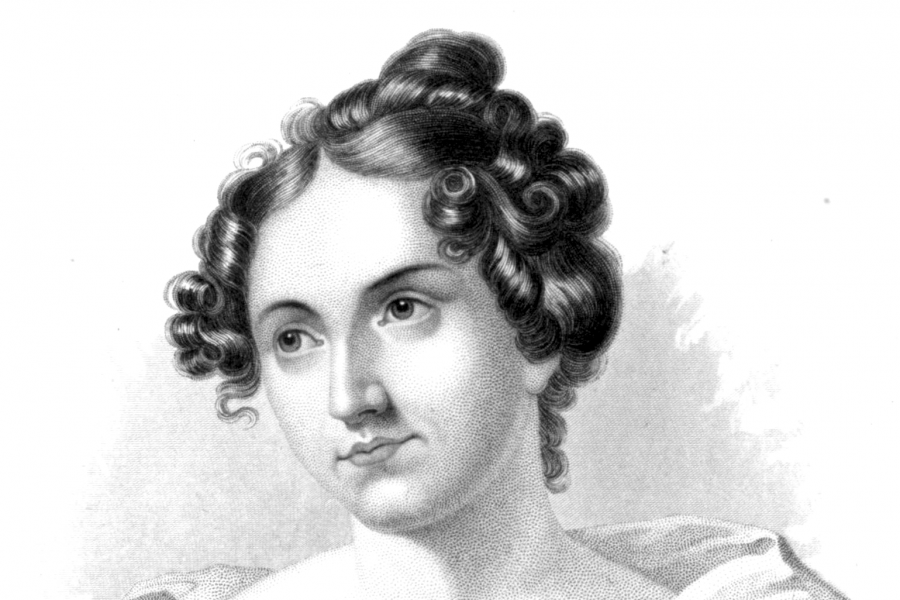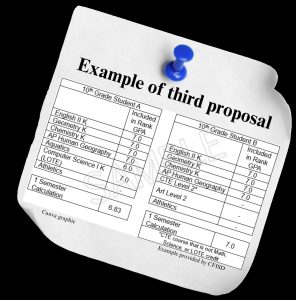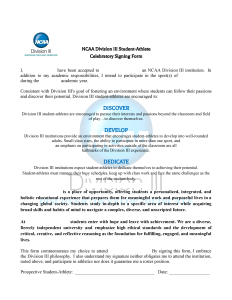Hope Leslie
A review of Hope Leslie
Catherine Sedgwick, author of Hope Leslie
September 22, 2016
Written in 1827 by Catherine Sedgwick, Hope Leslie was an influential book because of its underlying feminist message, strong female characters and sympathetic stance towards Native Americans. Hope Leslie takes place in Puritan Massachusetts and focuses on numerous characters featuring Magawisca; a Pequod Indian, Everell Fletcher; a young Puritan, and Hope Leslie; an independent and outspoken teenager.
Hope Leslie contains lots of flowery language, and every chapter starts slowly, so the reader has to adjust to Sedgwick’s style. The writing can be vague and it is sometimes difficult to understand what exactly is occurring. Details are muddled and events are confusing. New characters spontaneously appear and are usually described a few chapters after they have been introduced, making the storyline even more difficult to follow.
Besides the excessive fluff and unclear storytelling, the characters are well-rounded and the plot is engaging. Hope Leslie is an interesting mix of genres; although it is classified as historical fiction, Sedgwick also incorporates romance, action and politics into the plot. The characters also make the story more favorable. They are well thought out, versatile, stay true to their character and act according to their personalities. The characters are not two-dimensional personas, but instead seem very real by having their flaws and internal conflicts. Hope Leslie has a slow start, but towards the end, the chapters become shorter and easier to read. As the plot reaches its climax in the last few chapters, things get intense. Several different events align in a satisfying way and the story is brought to a pleasant close with all open ends being tied together nicely.
Hope Leslie was written in a different time period, so naturally, the language is unnecessarily intricate and the writing difficult to follow, but I would still recommend this book to anyone patient enough to read through the fancy language.




